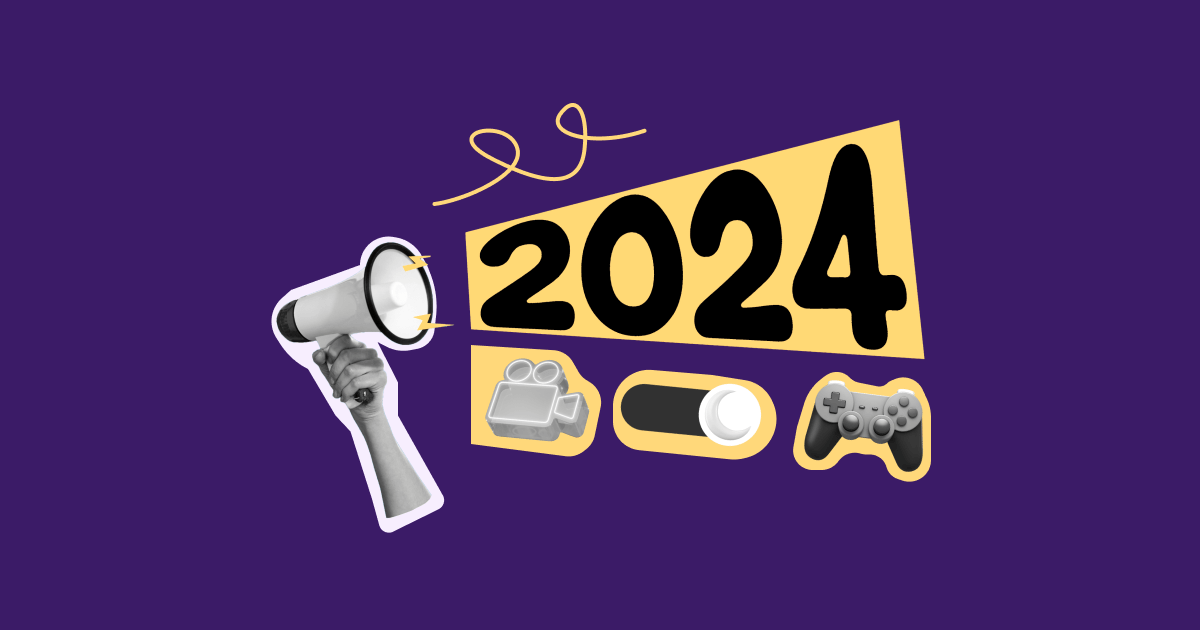Why keep up with the trends in email marketing?
In an age where new marketing channels pop up like spring daisies, you might wonder: is email marketing still relevant? The answer is a resounding yes, and here’s why.
First, let’s talk numbers. Did you know that in 2022, around 333 billion emails were sent and received every day worldwide? And it’s not slowing down — that number is projected to rise to 392.5 billion by 2026. This isn’t just about quantity; it’s about a channel that’s deeply embedded in our digital lives.
But it’s more than just habit. Email marketing continues to be a powerhouse for reaching out directly to your audience. According to the HubSpot Sales Trends Report 2024, email marketing ranks as the third-best source of high-quality leads, trailing only behind social media and referrals from existing customers. It’s a direct line to your audience — a way to cut through the noise of crowded social feeds and deliver your message right where it matters. And with the phasing out of third-party cookies, email becomes not only a communication channel but also a valuable source of first-hand information about customers.
Moreover, email marketing’s versatility is unmatched. Whether you’re a small business owner looking to grow your customer base, a marketer juggling multiple channels, or just starting with email marketing. This channel allows you to craft personalized, targeted messages that resonate with your audience. From promotional offers to newsletters, from customer appreciation emails to user-generated content (UGC), email allows you to connect with your audience in a way that’s both personal and scalable.


























